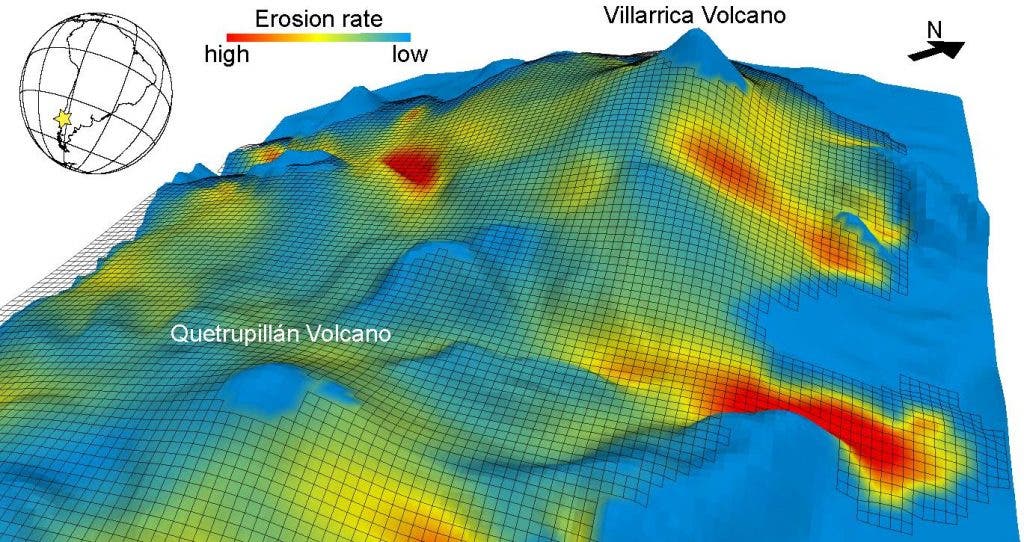Once any ice age is over, the increased surface temperature causes the ice caps to melt which lessens the pressure on the mantle and causing increased volcanic activity. A paper published by a team from the University of Cambridge found that erosion also plays a major role and can be just as important as melting ice caps. Since erosion is largely ignored by climate models, it may be that scientists underestimated CO2 levels following ice ages.

If we’re to look over the past million years only, we’ll notice that the planet has shifted numerous times between ice ages or glacial periods, and interglacial periods — the one we’re in now. Each of this period roughly lasts 100,000 years and is characterized by two major sub-periods: that of advancing and retreating ice. While it takes about 80,000 years for an ice age to kick in, deglaciation only lasts 20,000 years.
[RELATED] Ice Age makes Earth’s crust thicker
There are several factors that cause warming or, oppositely, cooling. Many of them are related to Earth’s orbital parameters, but this obviously can’t explain why warming happens so much faster than cooling. It has something to do with Earth’s system, and rising CO2 levels from volcanic eruptions definitely have a word to say. Lack of pressure from melting ice caps means volcanoes are freer to erupt. However, moving from an ice age to an interglacial period causes erosion to increase, as the numerical simulations performed by the researchers show.

As glaciers melt, the ground beneath is eroded by as much as ten centimetres per year, further decreasing the pressure on the volcano and increasing the likelihood of an eruption. The researchers claim erosion is just as important in driving volcanic activity as melting ice, they report in Geophysical Research Letters. The findings provide “an additional step towards a more general understanding of the links between a changing climate, glacial processes and the melting of the solid Earth,” the researchers conclude.
“It’s been established that melting ice caps and volcanic activity are linked – but what we’ve found is that erosion also plays a key role in the cycle,” said Dr Pietro Sternai of Cambridge’s Department of Earth Sciences, the paper’s lead author, who is also a member of Caltech’s Division of Geological and Planetary Science. “Previous attempts to model the huge increase in atmospheric CO2at the end of the last ice age failed to account for the role of erosion, meaning that CO2 levels may have been seriously underestimated.”
Was this helpful?



